Are you going to make the pilgrimage to Santiago de Compostela? This is our mini-guide to know everything about this spiritual journey!
Created at the beginning of the 9th century, Compostela’s pilgrimage is one of the largest and most famous marches in Europe. The routes of the pilgrimage, about 1,500 kilometres long, to Santiago de Compostela , join on a well-known road: the « Camino francés » . Declared “the first cultural route” by the Council of Europe in 1987, the pilgrimage routes have enjoyed a renewed interest and growing affluence since the 1990s.
Indeed, more than 300,000 walkers crossed the Compostela paths in 2018. A religious procession, the pilgrimage is also a moment of exchange, sharing, an ecological and cheap way of travel, a spiritual journey inviting to meditation and poetry, to rejuvenate and find themselves, a hike to reconnect with nature and/or with oneself.
Do you want to make the pilgrimage to Santiago de Compostela? We tell you everything about this hike.
Compostela Pilgrimage: Presentation and History
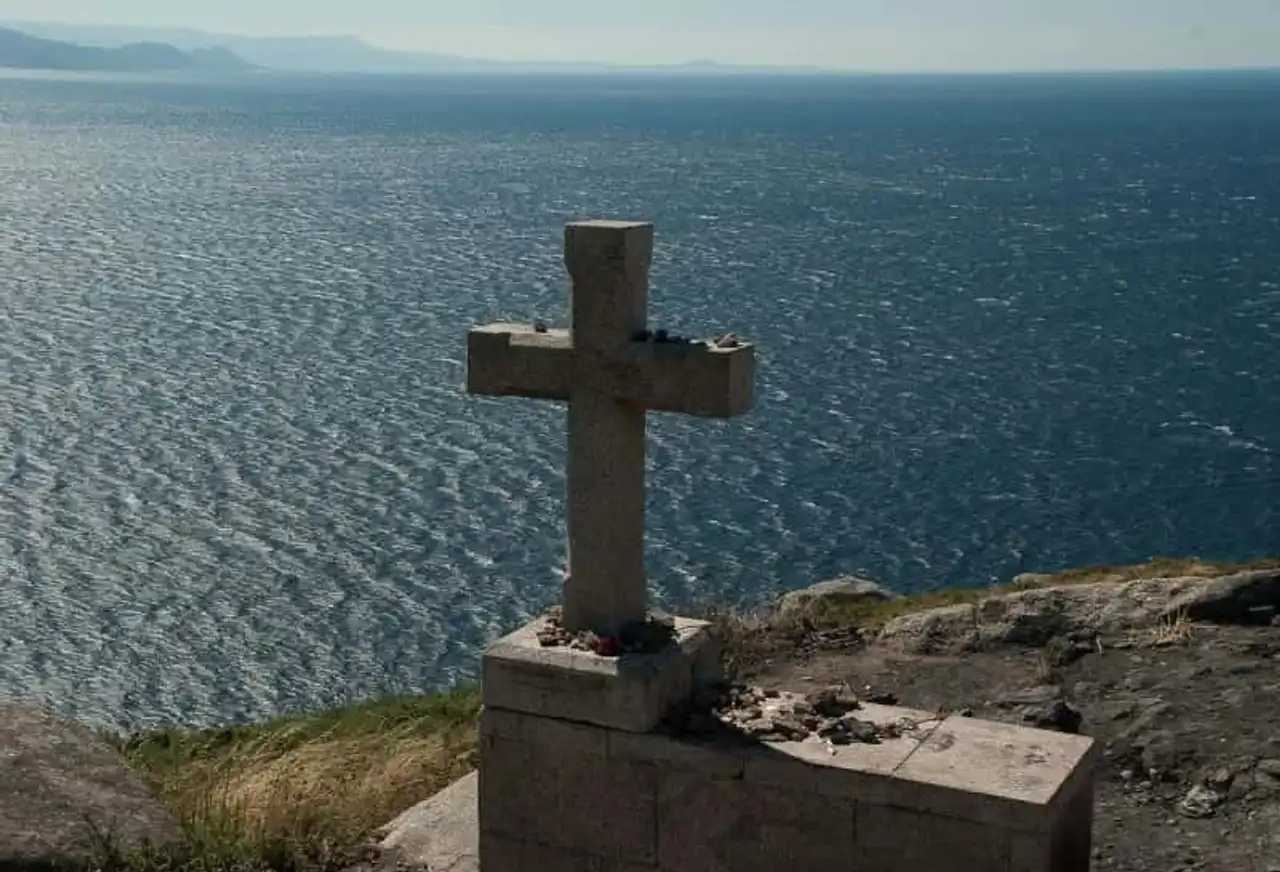
Compostela’s pilgrimage was once considered one of the most important of Christianity after that of Rome and Jerusalem . He was indeed dedicated, for the believers Catholics, to come and gather on the relics of Santiago de Compostela.
In the 12th century, several dozens or even hundreds of thousands of faithful flock to the Compostela Paths every year. At the time, the march also attracts non-believers, living from charity by inviting themselves to the hospices along the road. During the 14th century, famines and pestilence ravage Europe and pilgrimages are little to little forgotten.
Then, the Christian Reconquest deports itself to Andalusia, Protestantism emerges, and the bishop of Santiago conceals the relics of Saint James to an unknown place (never unveiled because of the death of the bishop). These factors engendered almost at the end of the pilgrimages along the Ways of Compostela and it was necessary to wait for the year 1879, during the work of the cathedral, so that the relics of Saint James could not be rediscovered, giving a new breath to the pilgrimage of Compostela.
Prepare for the pilgrimage of Compostela
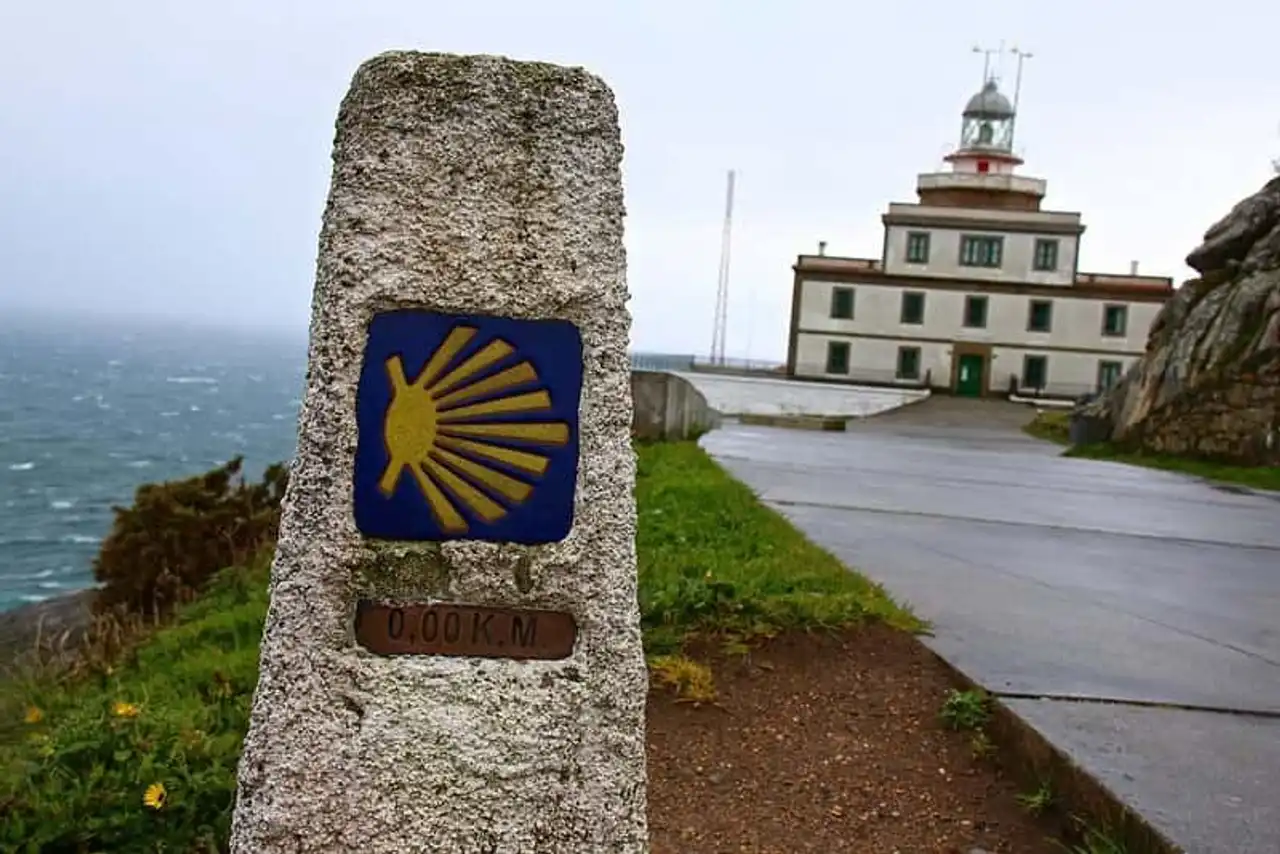
Like any trip, Compostela's pilgrimage is preparing a minimum. Which map(s) choose not to lose and to make kilometres unnecessarily, how to stay along the path – at the hotel, at the inhabitant or camping in the tent? -, how to listen to the signals of body fatigue (foot bulbs, hunger and thirst, physical fatigue)?
When do you leave for Santiago de Compostela?
These are many questions that need to be asked before leaving on the roads of the Camino francés. Of course, we are free to leave when we want, at any time of the year. These are your holiday dates that will determine the length of your itinerary and you will also need to question your physical endurance to estimate how many kilometres a day will travel.
In any case, you are recommended to leave spring or late summer , in order to pass the pass of the Pyrenees without being caught alive by cold or snow. If you have more time, try to get to Santiago de Compostela at the beginning of the fall, but again, it depends on your starting point.
Starting from Puy-en-Velay , the paths cross altitude areas such as the Auvergne or the Cévennes, where it is better to walk in the spring. Make sure to supply you with water too, the summer can be torrid in the southwest of France and Spain.
How to make the pilgrimage?
Know that everyone is not on the way to Santiago on foot . Many do. ATV , which allows for days of 50 to 90 km travelled. Others do Horse riding , which is another way to appreciate the course.
What to take in his backpack?
Think first of all about your back and your ability to walk with weight on you. Do not take care of yourself and take that the strict necessary: you are on pilgrimage, everyone will be dressed like you. In your backpack , above all:
- Good walking shoes
- A warm garment for cool nights
- A dildo
- A small emergency kit
- A hat
The itineraries of the Compostela pilgrimage
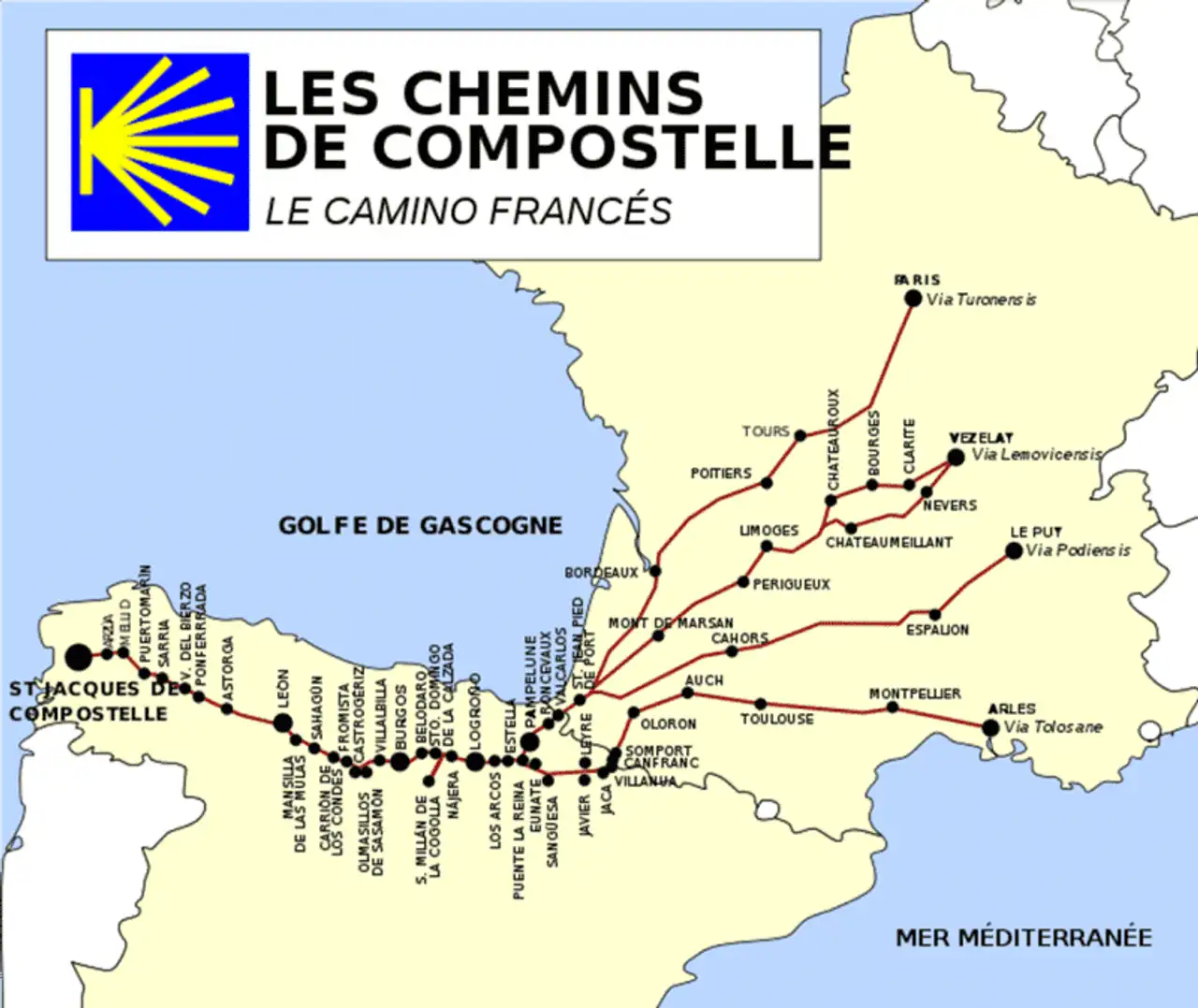
The most famous itinerary is Camino Francés , which connects the French commune of Saint-Jean-Pied-de-Port (64) to Santiago de Compostela, a channel of communication from the north of Spain dating from the Reconquista .
Upstream, four major routes are feasible to make the pilgrimage of Santiago de Compostela:
- Via Turonensis : departure from the Saint-Jacques Tower in Paris, it crosses Orléans or Chartres, Tours, Poitiers, Saintes or Angoulême, Bordeaux
- Via Lemovicensis : from Limoges to the starting point of the abbey of the Madeleine, in Vézelay
- Via Podiensis : from Puy-en-Velay to Ostabat
- Via Tolosane : from Arles, passing through Toulouse.
For a long time, the route of Tours remained the least frequented. It measures 667 kilometres and requires between 35 and 40 days' walk to Saint-Jean-Pied-de-Port.
It takes 732 kilometers to make the path of Puy-en-Velay to Saint-Jean-Pied-de-Port, and 30 to 35 days walk. This is the most frequented path. About 900 kilometres separate the city of Vézélay in Saint-Jean-Pied-de-Port, with 32 to 40 days' walk. As far as Arles is concerned, there are 769 kilometres and 28 to 35 days of walking to the Somport Pass, to cross the Pyrenees. Finally, the distance between Narbonne and Saint-Jean-Pied-de-Port is 591 kilometers, counting 21 to 26 days walk.
If you do not leave France, you can use one of the routes on this map of Europe:
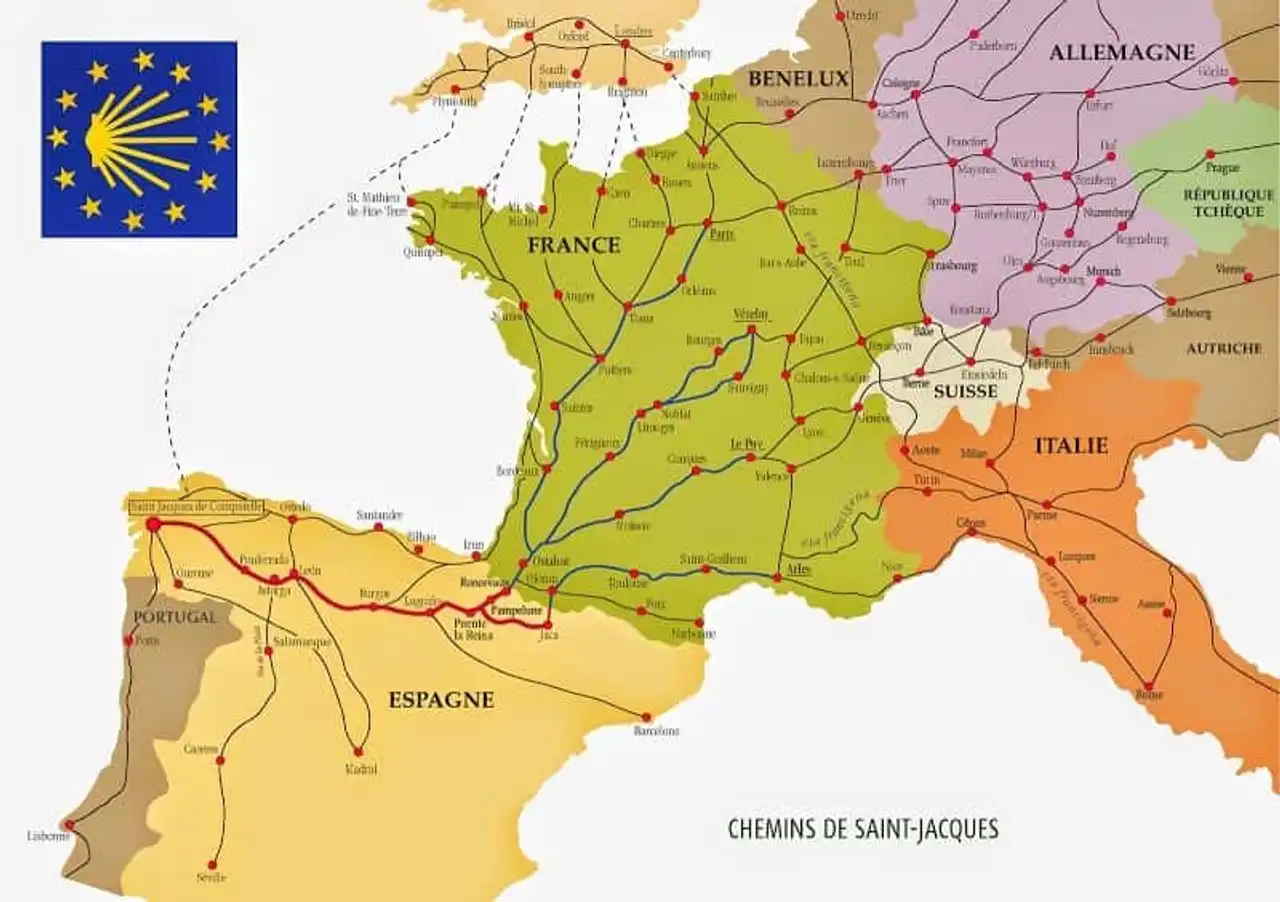
The stages of the Compostela pilgrimage
The question of the steps to sleep along the Compostela pilgrimage can be crucial. If you have a bank, check all hotels, shelters and inns that match the Chemins de Compostelle and the Camino Francés.
We can count about 30 stages of pilgrimage from Roncesvalles to Santiago de Compostela, along a long course of 811.9 kilometers. You will travel 24 kilometres per day on average for each stage. To sleep along the pilgrimage, many accommodations are scattered on the Chemins de Compostelle. We cannot precisely detail each step. However, here is the detail of the map of the stages along the Camino Francés:
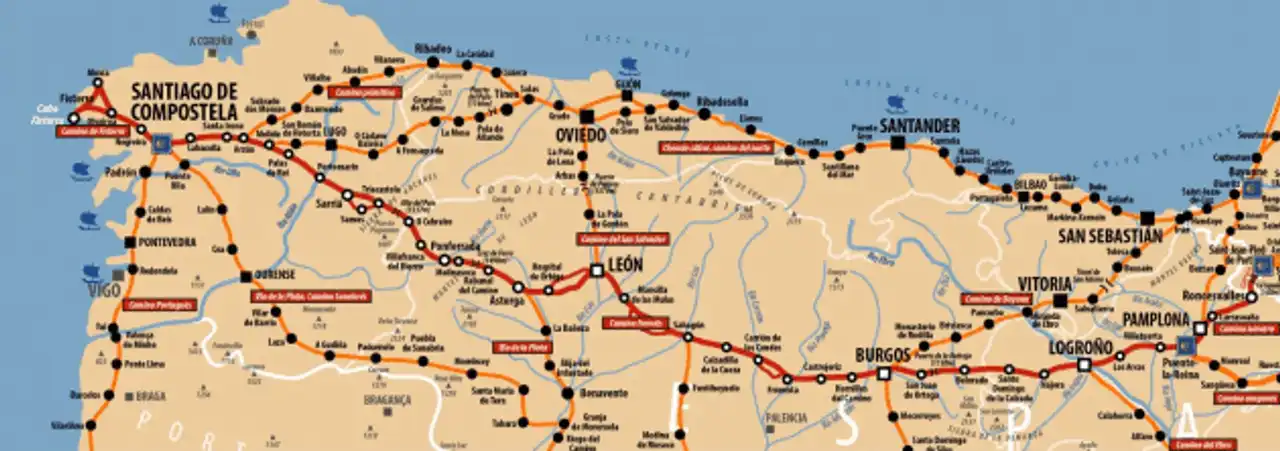
Photo credit: ACIR
- Step 1 : Saint-Jean-Pied-de-Port to Roncesvalles : 26.9 kilometers,
- Step 4 : Pamplona in Puente-la-Reina : 24.3 kilometers, 93 km travelled,
- Step 6 : Estrella in Los Arcos : 21 kilometers, 137.3 km,
- Step 8 : Logroño in Najera : 30.1 km, 195,4 km in total,
- Step 21 : Mansilla de las Mulas in Leon : 23.2 kilometers, 489.6 km in total,
- Step 24 : Astorga in Rabanal del Camino : 22 kilometers, 560,5 km in total,
- Step 33 : Santa Irene in Santiago de Compostela : 25.3 kilometers, 811.9 km in total.
By always having the map of the nearby steps, you will know in which city to stay, which is ideal to book accommodation in advance.
See the complete route of the Chemin de Compostelle
Where to sleep on the Way of Compostela?
There too, everything depends on how you approach the journey. Are you a real pilgrim in the soul? If so, you need to get a Credencial available from Associations . Obligatory to stay in the accommodations open to the pilgrims, necessary to differentiate from the rest of the tourists and useful for your memories, the Credancial – or Credancial – is a document synonymous with a “passport of the pilgrim”.
Once issued by the religious authorities to safely cross the road controls to Galicia, it is today a document allowing you to access the lodgings and accommodations that you will find along the Spanish roads. It costs about 10 €.
If, however, you want a bit of comfort after big days of walking, rather prefer hostels, cottages, and small hotels present at different stages. To help you, please read our article “ Where to stay along the Compostela pilgrimage? ".
A little reading and culture on the pilgrimage
To immerse yourself in the pilgrimage and learn about this mythical hike of Compostela, we have selected the best books and guides to read before leaving on the trails. We also listed some films and documents to see to immerse themselves even more.
Here is our selection of books on the Ways of Compostela:
- Immortelle hiking : Compostelle despite me, Jean-Christophe Rufin
- The pilgrim of Compostela, Paolo Coelho
- Compostela mode of employment, Jacques Clouteau
- The paths of Santiago de Compostela, Alexandra de Lassus
- How to drag Catholics on Compostela Roads, Etienne Liebig
Our selection of films and documentaries on the Ways of Compostela:
- The way – the road together, DVD in French, or in English: The Way, from and with Martin Sheen
- The Alchemical Journey from Brussels to St Jacques de Compostela : 7 stages in 7 DVD from Brussels to Santiago de Compostela
- Saint James..., from Coline Serreau, with Muriel Robin
- Doigts croches, by Ken Scott (2009)
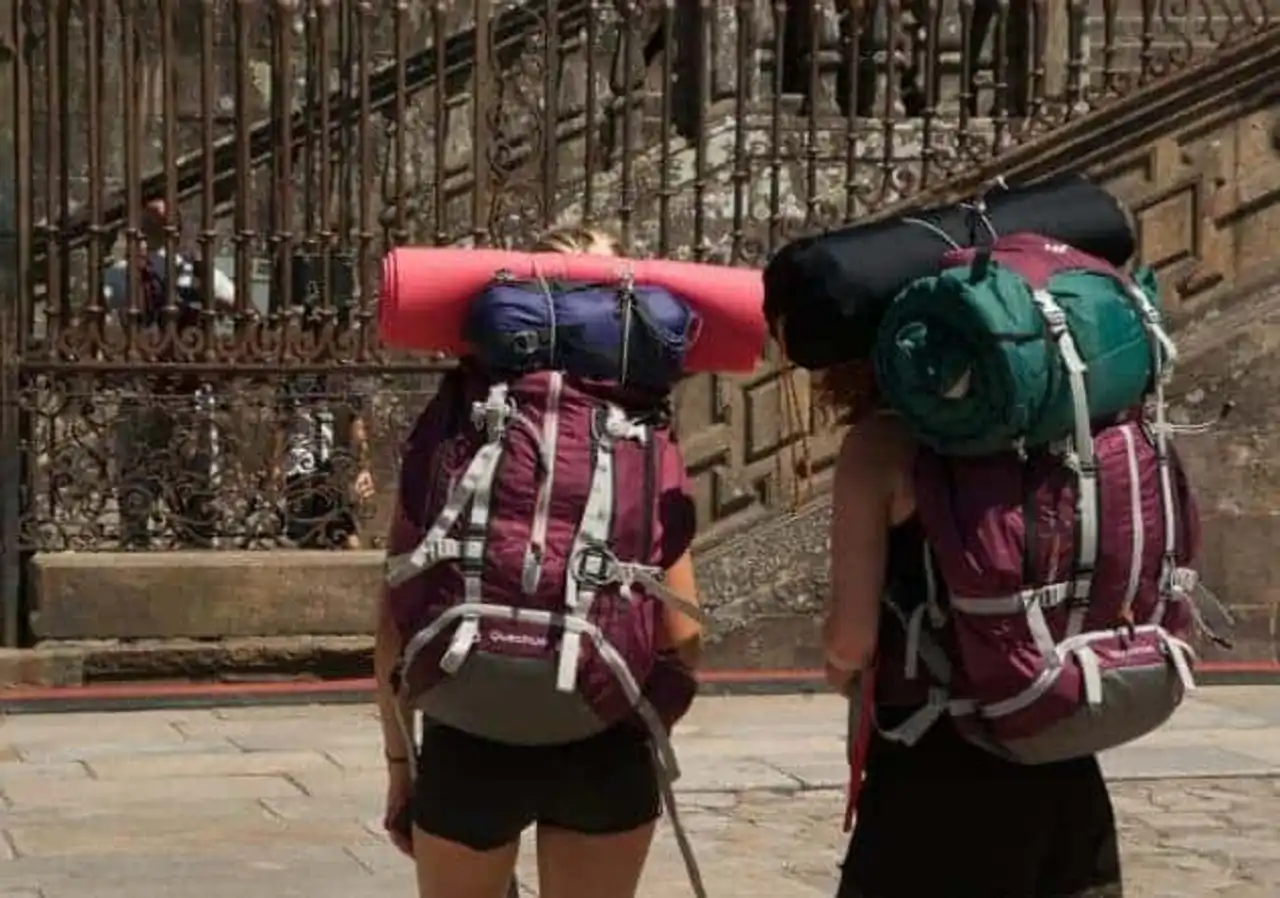




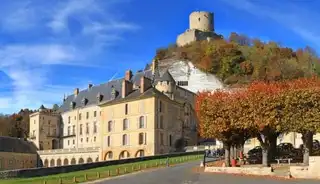


Loading comments ...